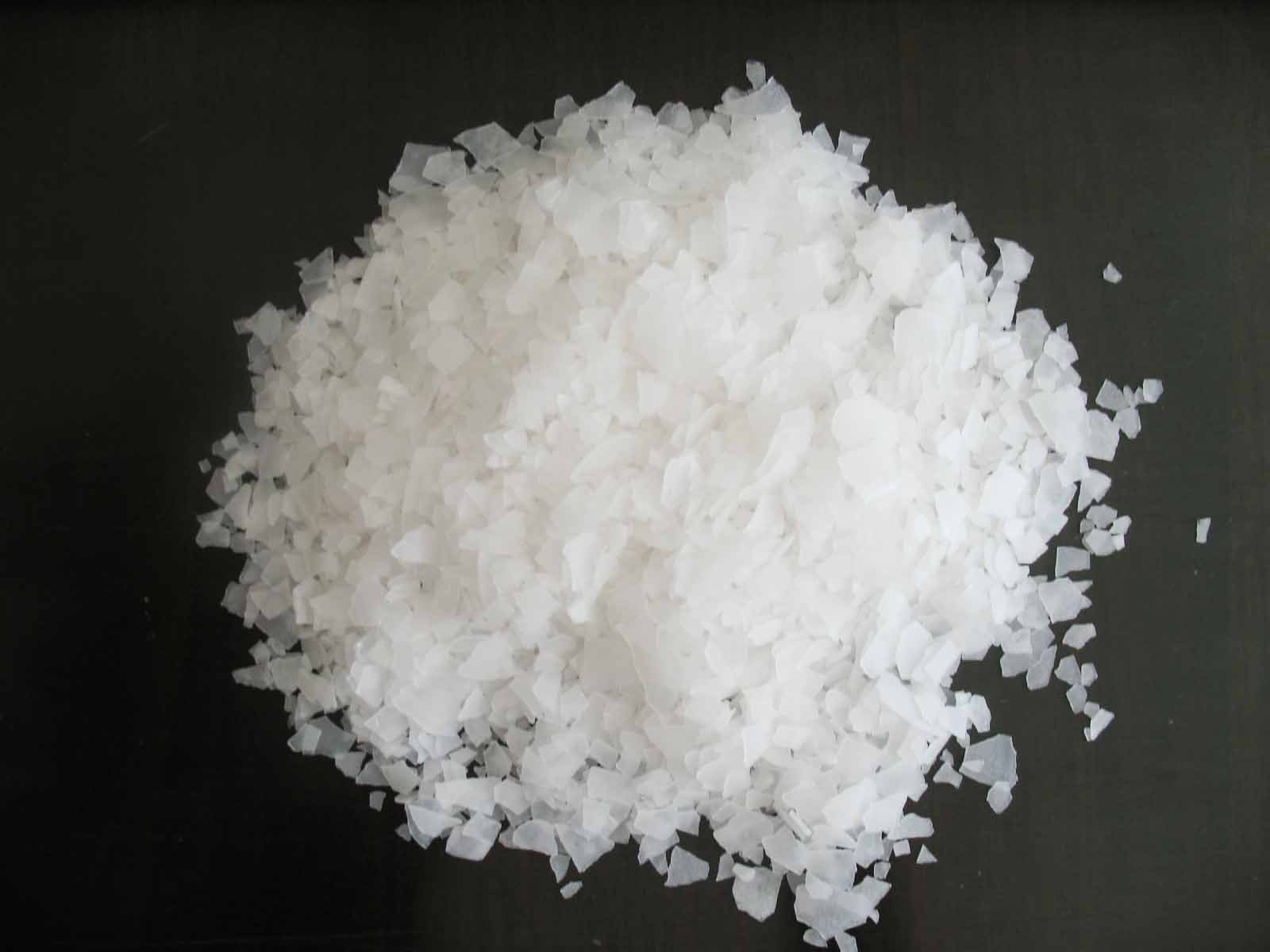
Health concerns
Studies have shown a link between increased levels of nitrates and increased deaths from certain diseases including Alzheimer’s, diabetes mellitus and Parkinson’s, possibly through the damaging effect of nitrosamines on DNA. Nitrosamines, formed in cured meats containing sodium nitrate and nitrite, have been linked to gastric cancer and oesophageal cancer. Sodium nitrate and nitrite are associated with a higher risk of colorectal cancer. World Cancer Research Fund UK states that one of the reasons that processed meat increases the risk of colon cancer is its content of nitrate. A small amount of the nitrate added to meat as a preservative breaks down into nitrite, in addition to any nitrite that may also be added. The nitrite then reacts with protein-rich foods (such as meat) to produce NOCs (nitroso compounds). NOCs can be formed either when meat is cured or in the body as meat is digested.
